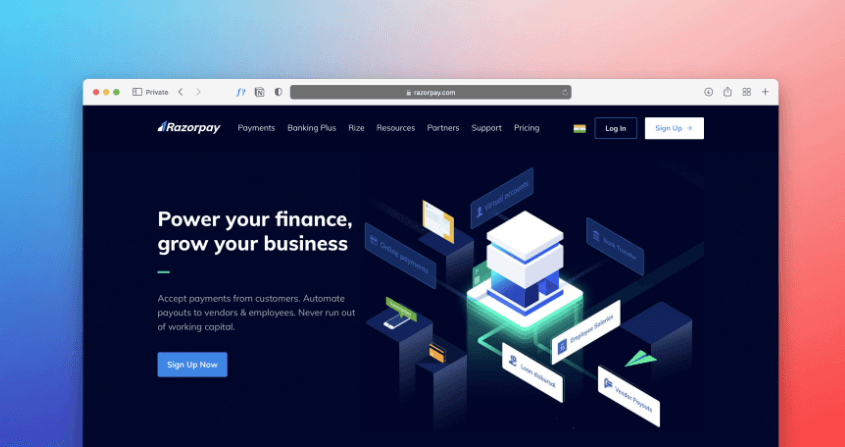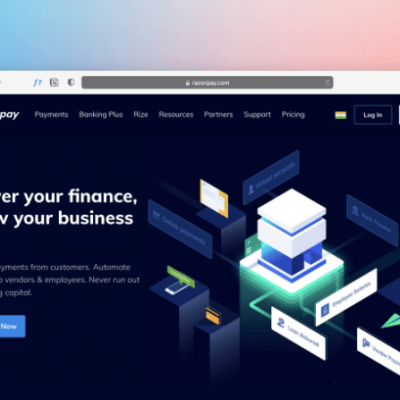Understanding Client Onboarding
Client onboarding refers to the process of integrating new clients into a business’s suite of services, establishing a relationship that fosters long-term collaboration. For small businesses, this phase is crucial as it sets the tone for client interactions and lays the groundwork for future engagements. A structured onboarding process typically involves several key steps, including initial contact, gathering necessary information, providing an overview of services, and maintaining ongoing communication. Each step must be carefully designed to ensure a seamless experience that enhances client satisfaction.
The importance of an effective onboarding process cannot be overstated. A positive initial experience can lead to improved client retention, higher satisfaction rates, and even referrals. Conversely, a poorly managed onboarding experience can result in misunderstandings, frustration, and potentially the loss of clients. Therefore, businesses must recognize the value of a well-defined onboarding strategy, particularly in an increasingly competitive environment.
However, small businesses often face challenges during the onboarding process. Common difficulties include inconsistent communication, delays in information gathering, and a lack of clarity regarding service expectations. These issues can hinder the development of a strong relationship with clients and may impact the overall effectiveness of the service provided. Implementing an automated onboarding system can significantly alleviate these challenges. By leveraging tools like Elementor and Zapier, businesses can create streamlined workflows that enhance communication, ensure timely responses, and maintain comprehensive documentation of client interactions.
Ultimately, automating the client onboarding process not only addresses common hurdles but also contributes to a cohesive experience for new clients. This proactive approach can lead to higher levels of client satisfaction and retention, essential components for the sustainable growth of small businesses.
Why Use Elementor for Website Creation
Elementor emerges as a leading page builder plugin for WordPress, catering specifically to the needs of small business websites. Its intuitive drag-and-drop interface allows users, regardless of their coding expertise, to create visually appealing, highly functional websites with ease. This accessibility is crucial for small business owners who often juggle multiple responsibilities and may not possess advanced technical skills required for traditional website development.
One of the key features of Elementor is its extensive library of pre-designed templates and blocks. These resources enable users to quickly assemble a professional-looking site tailored to their branding needs. With a variety of customizable layouts at their disposal, small businesses can effectively showcase their products or services, promote their brand identity, and enhance their overall online presence. Utilizing these templates can significantly streamline the client onboarding process, as it allows businesses to launch their websites in a fraction of the time it would take using standard coding practices.
In addition to templates, Elementor offers a wealth of widgets that provide functionality while enhancing user experience. Features such as contact forms, testimonials, and call-to-action buttons can be easily integrated into any page, ensuring that visitors have a smooth and engaging journey through the site. Such user-friendly designs not only keep potential clients engaged but also foster a sense of professionalism and credibility, which is vital in the competitive landscape of small businesses.
Moreover, the importance of responsive design cannot be understated, particularly with the increasing number of users accessing websites via mobile devices. Elementor excels in ensuring that websites are fully responsive, meaning they automatically adjust to fit various screen sizes. This adaptability ensures that small businesses can reach a broader audience, providing a seamless onboarding experience for clients accessing the site from different devices.
Integrating Zapier for Automation
Zapier is a powerful workflow automation tool that serves to connect various web applications, allowing small businesses to automate repetitive tasks efficiently. By integrating Zapier with Elementor, businesses can streamline their client onboarding processes and enhance overall productivity. This integration facilitates the seamless transfer of information between different applications such as email services, spreadsheets, and customer relationship management (CRM) platforms.
One of the primary use cases for implementing Zapier in the client onboarding process is automating client communication. For instance, once a new client fills out a form on your Elementor-built website, Zapier can trigger an automated email response, ensuring immediate acknowledgment of form submission. This prompt communication not only improves the client’s experience but also helps maintain engagement during the waiting period.
Another vital aspect where Zapier offers significant benefits is data collection. With the integration, small businesses can configure workflows that automatically sort and store client data in designated databases or spreadsheets. For example, when a new client signs up using an Elementor form, their information can be directly added to Google Sheets or a CRM tool like HubSpot. This easy-to-manage data collection reduces the manual entry workload for small business owners.
To set up the integration between Elementor and Zapier, follow these steps: First, create a Zapier account, then select Elementor as your trigger application and set up the desired trigger event, such as a new form submission. Next, choose the other application you wish to connect, and define the action event you want to automate. Finally, map form fields to the corresponding fields in the other application. In case of any issues, consult Zapier’s support resources or their user community for troubleshooting tips, ensuring a smooth implementation process.
Best Practices for Effective Automation
Automating client onboarding for small businesses presents unique challenges and opportunities. To ensure that the automation process is effective and meets the needs of both the business and its clients, several best practices should be followed. First and foremost, personalizing communication is vital. When setting up automated messages, leverage tools like Zapier to segment clients and customize interactions based on their individual needs. Tailored emails or notifications that address clients by name and reference their specific requirements can significantly enhance their experience.
Moreover, maintaining a balance between automation and the human touch is crucial. While automation streamlines processes, it should not completely replace personal interaction. Consider designating specific milestones during the onboarding process where human support is available. By offering clients the opportunity to engage with a real person at strategic points, businesses can address any concerns and foster a welcoming environment.
Additionally, continuously optimizing the onboarding process is key to sustained efficiency. Collecting client feedback can serve as a foundation for assessing what aspects of the onboarding are successful and which areas require improvement. Regularly reviewing automated workflows and examining client experiences can lead to actionable insights. Utilize metrics from tools like Zapier to monitor the performance of automated tasks, identifying bottlenecks or points of confusion that can detract from a seamless onboarding experience.
Lastly, analyzing the effectiveness of automated onboarding efforts can be accomplished through client satisfaction surveys and tracking relevant conversion rates over time. By being proactive in making adjustments based on this data, small businesses can ensure that their client onboarding automation not only meets efficiency goals but also enhances overall client satisfaction. Employing these best practices will guide businesses in creating a robust and responsive onboarding process, ultimately leading to improved client relationships and business success.





